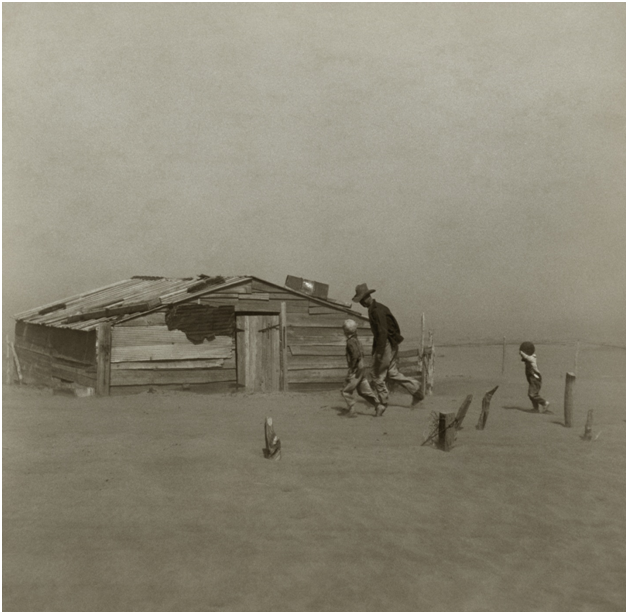
The history of air quality control is long. It was realised in the 19th century that dust produced by industrial activities posed many hazards: explosion, fire, toxicity to the workforce and neighbourhood, wear and clogging of machinery, and impairment of finished products. Dust can also be a loss of valuable material.
Capture targets are set by COSHH legislation and the Health and Safety Executive, but additional improvements are often necessary to protect profitability as well as workers. Accumulation of dust prevents a plant running at its optimum parameters, and modern automated production lines, ironically, often demand even more efficient removal than labour-intensive production did.
Installation and maintenance
Legislation, insurance conditions, and good sense require you to use professionally accredited engineers. Look for COSHH/HSE approval and accreditation with BOHS, the British Occupational Hygiene Society.
Ductwork blast gate damper
Blast gates (http://www.dustspares.co.uk/Blast-Gate-Damper.html) focus pressure by blocking or damping the air flow and are positioned on ducts or near machinery, in order to maximise extraction at the most convenient locations. In branching pneumatic systems, you need these dampers to balance the distribution of pressures. This involves several calculations, so it’s important to use experienced engineers.
Hoods
Hoods must be positioned as close as possible to the dust source. Every inch further away means a significant drop in efficiency. Incorrect hoods can become plugged with material. To avoid this, your engineer will do a dense phase pneumatic conveying calculation to ensure the right design. The static pressure loss of the hood also needs to be calculated and matched to the choice of fan.
Fans
The right fan is another complicated calculation that requires an engineer to make correctly. Once the system’s in operation, the pressure it needs will vary over time, for example as filters get blocked and are replaced. The fan must be able to adjust to the full range of these changing pressure demands.
Monitoring
As the pressures in the system vary over time, regular monitoring is needed. Any build-up in a duct will slowly degrade performance (increasing build-up further). Unqualified personnel sometimes interfere with dampers, perhaps to increase pressure in one area but weakening it in another. Filters that get damp impair the self-cleaning mechanism and then reduce air-flow. Have clear procedures in place, so you can make adjustments before a problem arises.

